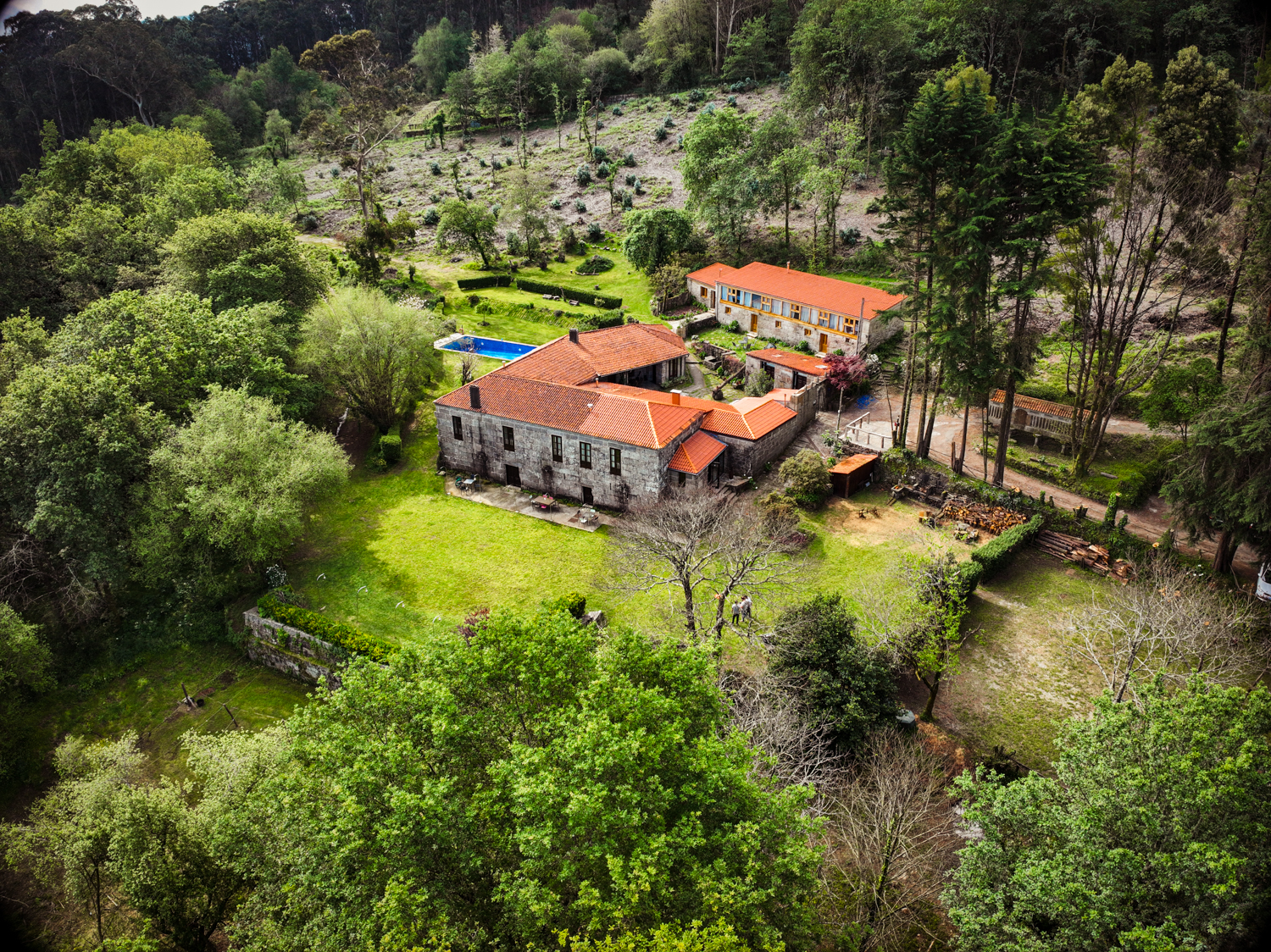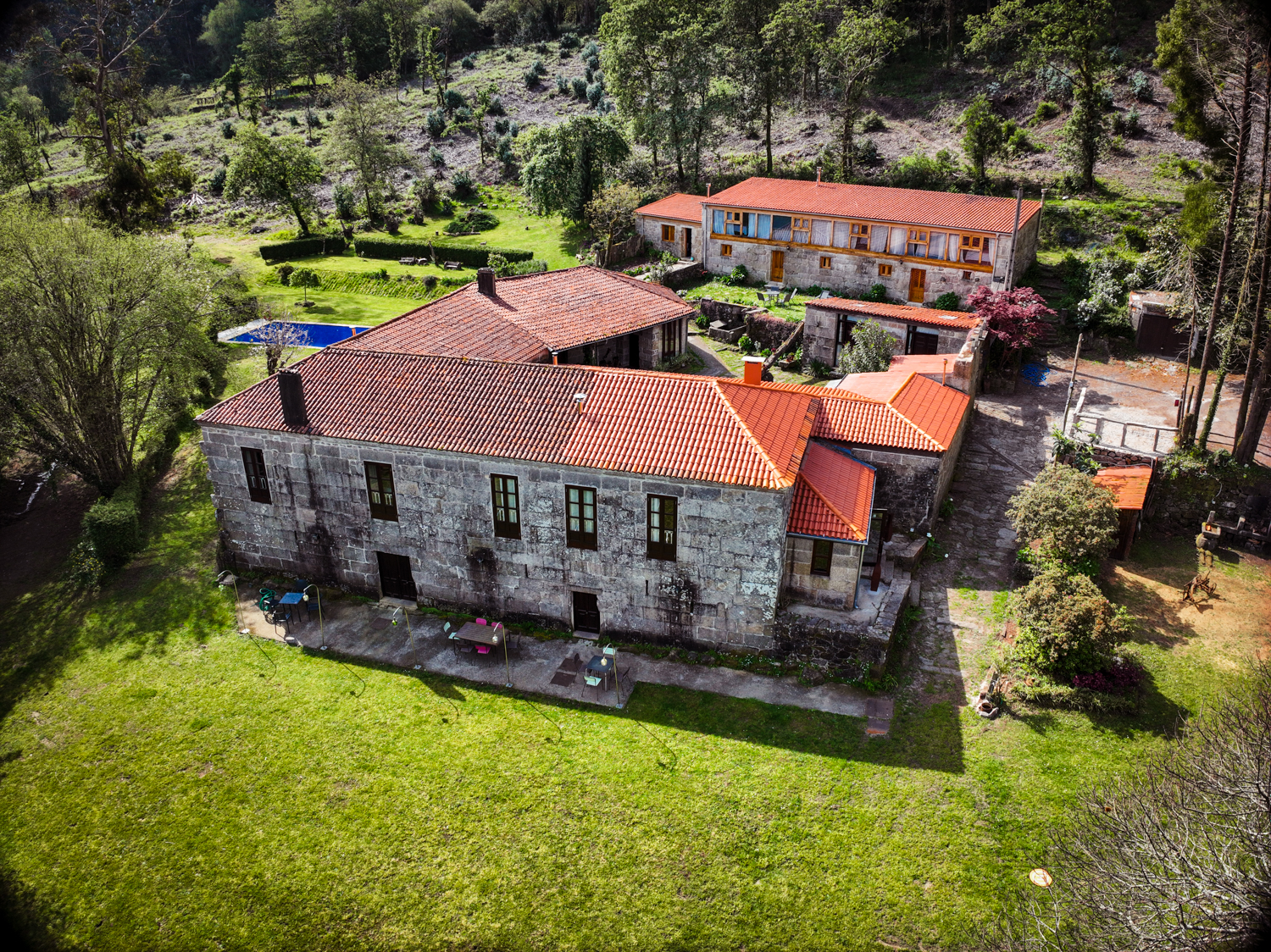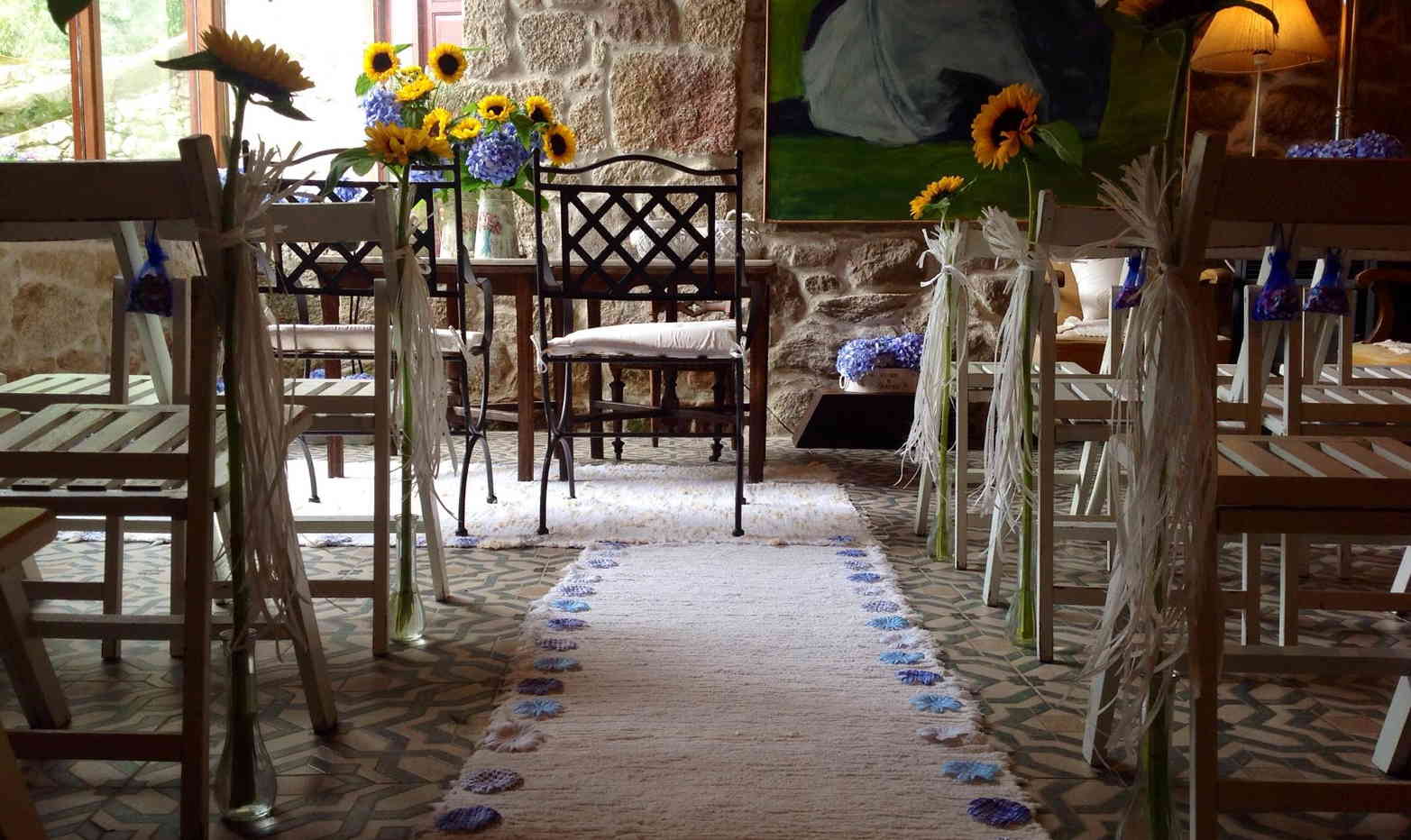Alojamiento rural
Casa Larache


pazo de larache
"
En Larache disfrutarás de una experiencia única e inolvidable.
Larache es una casa rural rehabilitada del XVIII. Con la peculiaridad de que cada una de nuestras habitaciones está inspirada en una figura histórica de renombre como Picasso, Van Gogh, Kafka o Castelao.
Cuenta con un hermoso jardín con un patio, un lagar y un tradicional hórreo. Le rodean 55.000 m2 de terreno de árboles centenarios. Ideal para pasear y jugar con tu mascota si te acompaña durante tu estancia.
Nuestras Habitaciones
Kafka
Habitación Doble Especial
Van Gogh
Habitación Doble Especial
Górecki
Habitación Junior Suite
Da Vinci
Habitación Doble Normal
Picasso
Habitación Doble Normal
Lo que opinan de nosotros
El lugar perfecto para una
Tratamos cada evento como único, exclusivo. Buscamos que cada propuesta se ajuste a los intereses, gustos y necesidades de cada ocasión, huyendo de lo estandarizado.

Bodas, bautizos y celebraciones

Reuniones de empresa y grupos
Casa
Entornos
Habitaciones
Eventos
Contacta con nosotros!
Correo Electrónico
info@pazolarache.com
Teléfono
986 673 812
690 810 916
Nuestra Dirección
Lugar de Larache 16, Santa Cristina de Cobres, Vilaboa (Pontevedra)
